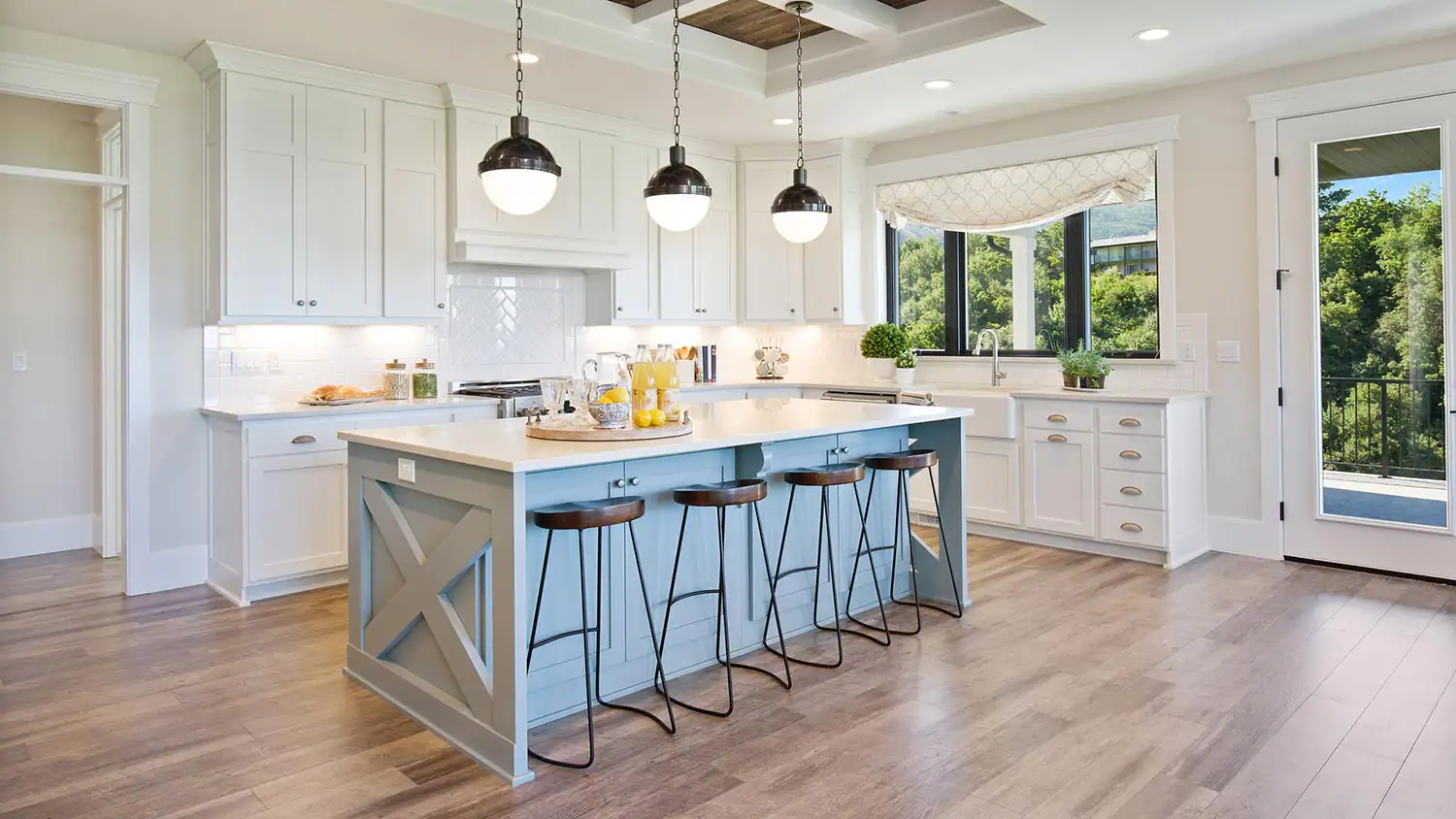 As a homebuyer, it is paramount to establish realistic expectations for the homebuying journey. That way, you can take a step-by-step approach to achieve various goals along this journey and acquire your ideal residence faster than ever before.
As a homebuyer, it is paramount to establish realistic expectations for the homebuying journey. That way, you can take a step-by-step approach to achieve various goals along this journey and acquire your ideal residence faster than ever before.
Setting realistic homebuying expectations can be simple. Now, let’s take a look at three tips to help you set realistic homebuying expectations.
1. Assess Your Home Must-Haves and Wants
Dozens of homes are available in cities and towns nationwide. If you establish realistic homebuying expectations, you may be better equipped than others to determine exactly what you want to find in your dream house. As a result, you could reap the benefits of a quick, seamless homebuying experience.
Oftentimes, it helps to create a list of home must-haves and wants prior to searching for a house. This list can be updated as you proceed along the homebuying journey and will serve as a guide to help you discover your ideal residence.
2. Get Pre-Approved for a Mortgage
With a mortgage in hand, you can narrow your home search to residences that fall within your price range. Then, you can speed up the homebuying journey and find your ideal residence in no time at all.
To get pre-approved for a mortgage, you’ll want to meet with banks and credit unions. These financial institutions generally offer a broad array of mortgage options. Examine all of your mortgage options closely, and you’re sure to find a mortgage that matches your finances.
Also, don’t hesitate to ask mortgage questions when you meet with potential lenders. Banks and credit unions employ friendly, knowledgeable mortgage specialists who are happy to help you in any way they can. Thus, you can gain expert insights from these mortgage specialists that could help you make an informed mortgage decision.
3. Collaborate with a Real Estate Agent
A real estate agent understands what it takes to purchase a home in any housing market. Therefore, he or she can help you prepare for the real estate market and establish realistic homebuying expectations from day one.
Typically, a real estate agent first will learn about your homebuying goals. He or she then will help you map out a successful homebuying journey, one that concludes with you discovering your dream house at a budget-friendly price.
A real estate agent offers plenty of support at each stage of the homebuying journey too. This housing market professional will set up home showings, keep you updated about new residences that become available and help you evaluate houses. And if you want to submit an offer on a home, a real estate agent will make it easy for you to put together a competitive homebuying proposal.
Achieving the optimal results during the homebuying journey sometimes can be difficult. But if you establish realistic homebuying expectations, you may be able to streamline the homebuying journey and ensure that you can purchase a great house that suits you perfectly.



 For those who want to enjoy a successful home selling experience, identifying your target buyer is key. Because if you understand why buyers may choose your residence over other available houses, you can promote your home to the right groups of buyers. And as a result, you may be better equipped than ever before to streamline the house selling journey.
For those who want to enjoy a successful home selling experience, identifying your target buyer is key. Because if you understand why buyers may choose your residence over other available houses, you can promote your home to the right groups of buyers. And as a result, you may be better equipped than ever before to streamline the house selling journey.


